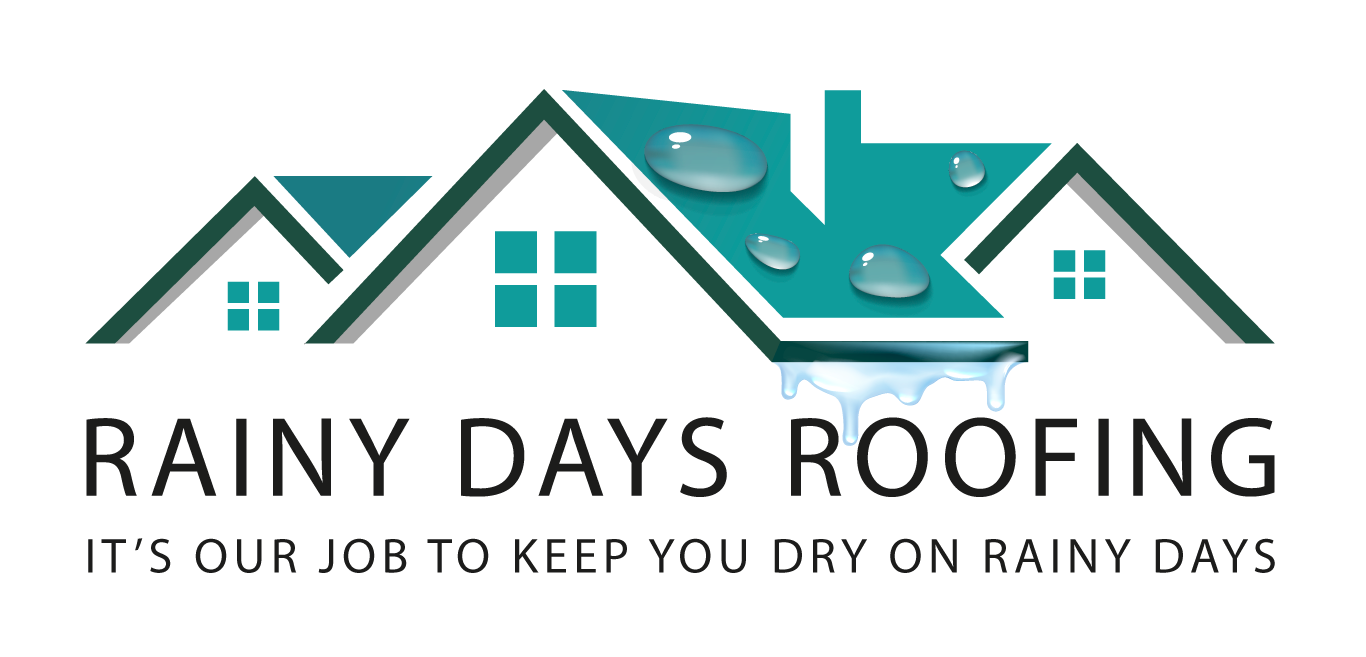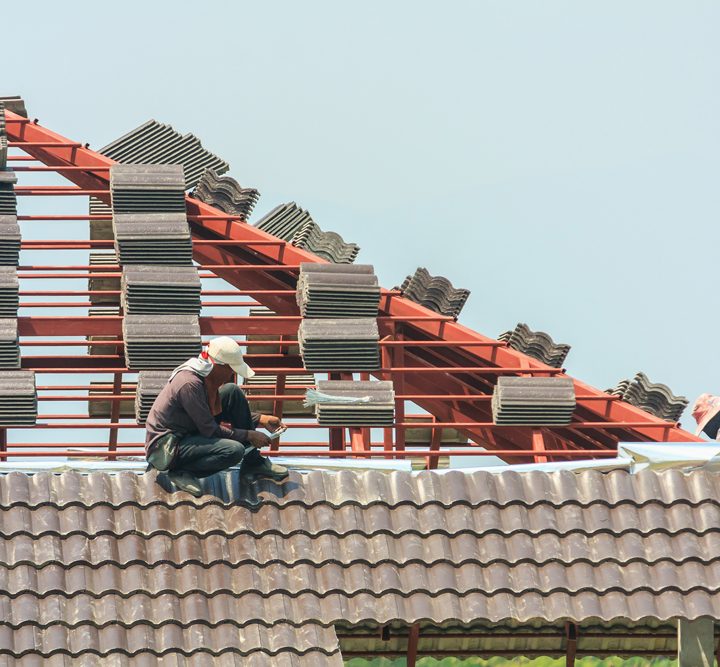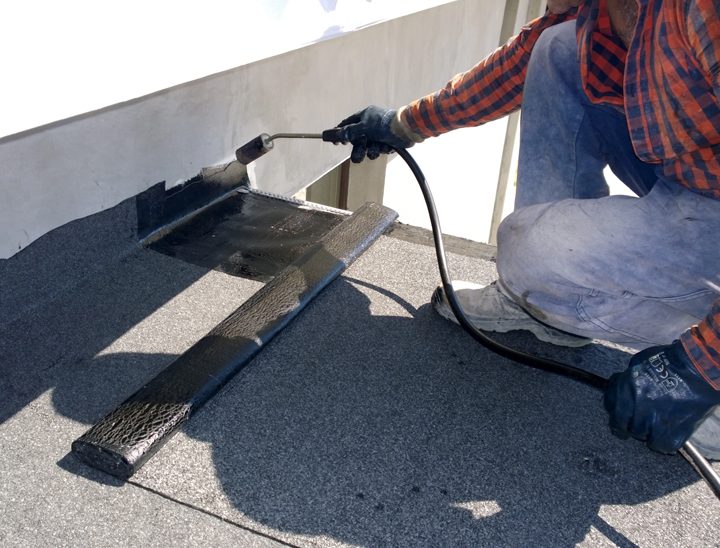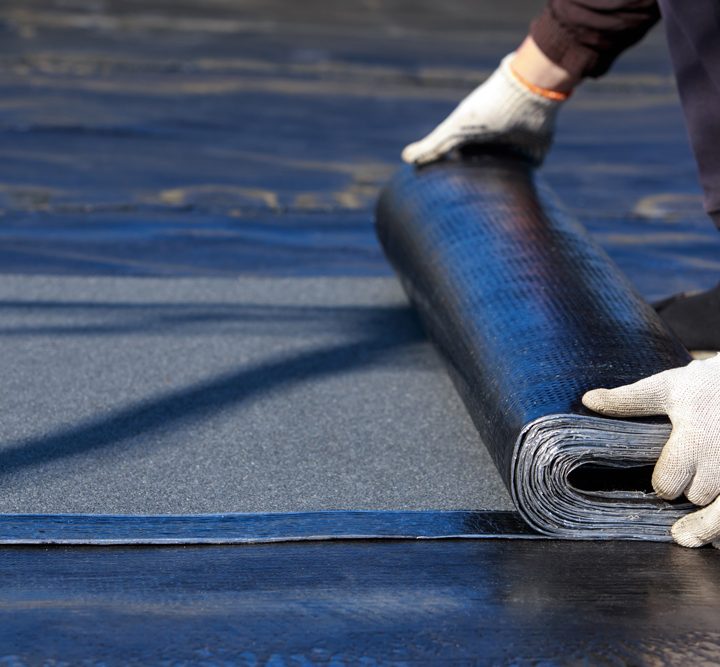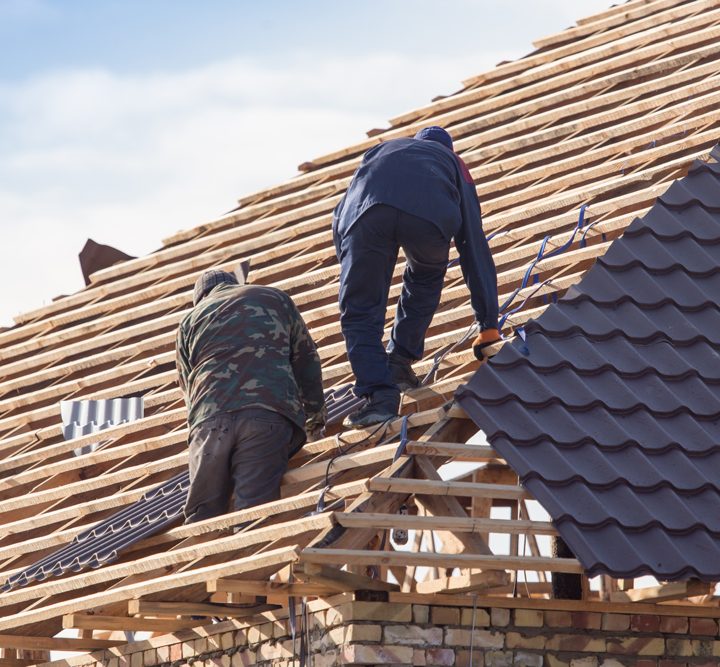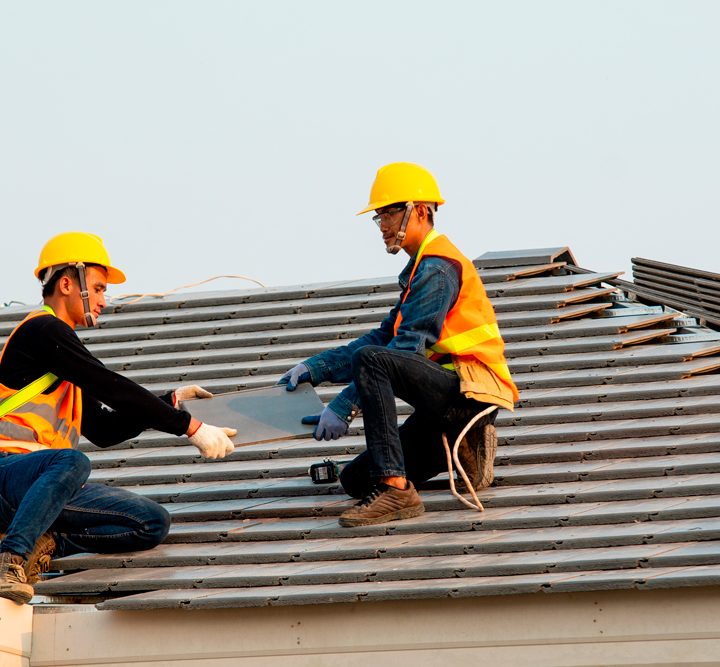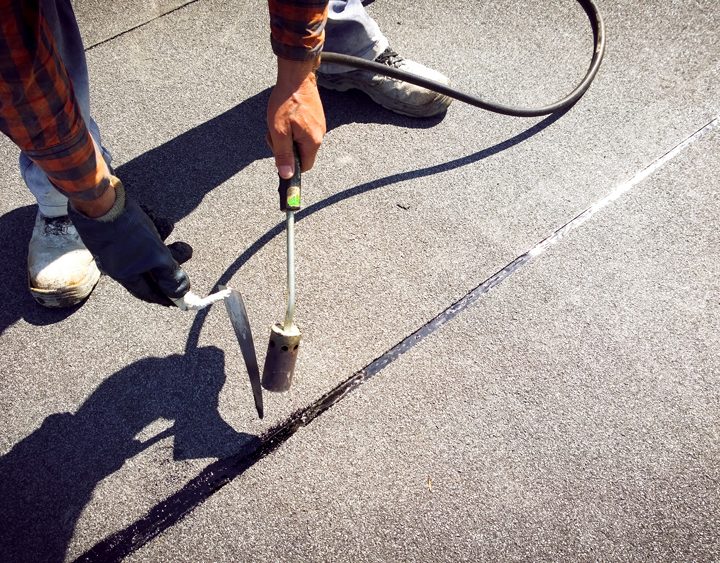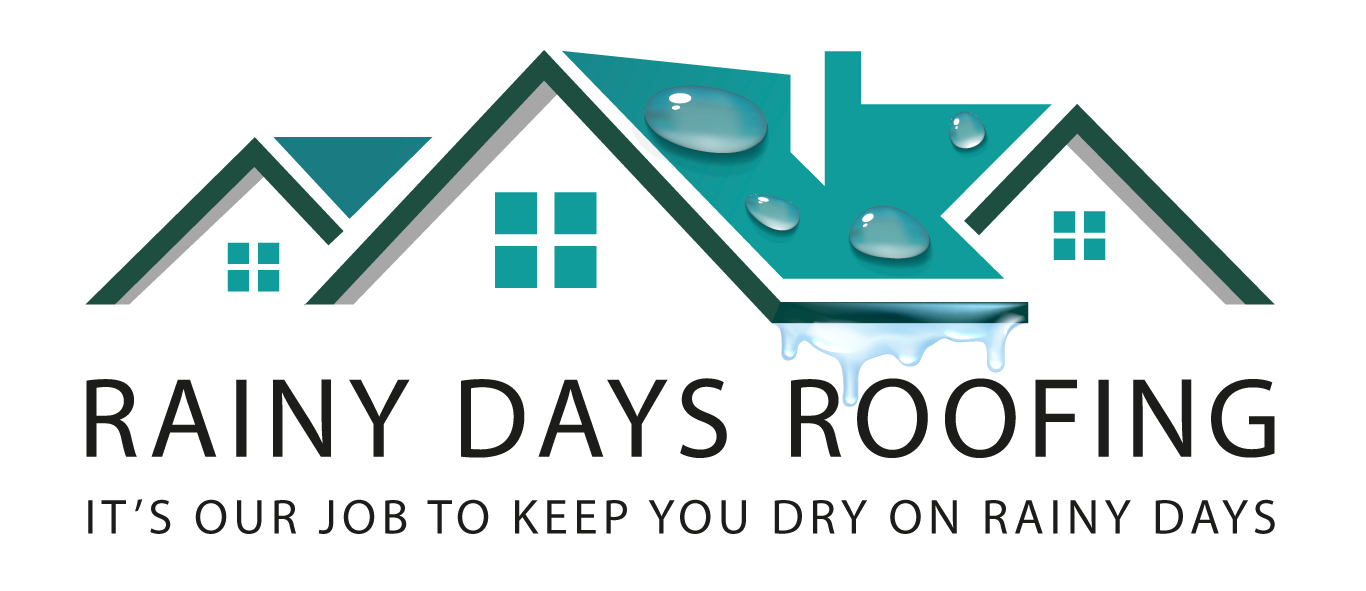Summer Roof Care: Protecting Your Roof from Heat Damage
Introduction:
Summer brings warm, sunny days that homeowners in London, Greater London, and Essex welcome eagerly. However, high temperatures and intense sunlight can pose significant risks to your roof’s health. Heat damage can weaken roofing materials, shorten the lifespan of your roof, and lead to costly repairs. In this article, we will explore effective summer roof care strategies to protect your roof from heat damage, ensuring it remains strong, durable, and capable of shielding your home.
Understanding Heat Damage to Roofs:
Prolonged exposure to heat and UV radiation from the sun causes roofing materials to expand and contract. This repeated movement can lead to cracks, warping, and deterioration, especially in materials like asphalt shingles and wooden tiles. Without proper care, the roof may develop leaks, lose its insulating properties, or suffer structural damage.
The Role of Roof Ventilation in Heat Protection:
Proper roof ventilation is a key factor in preventing heat buildup in your loft or attic space. By allowing hot air to escape and cooler air to circulate, ventilation reduces the temperature beneath the roof surface, which helps minimise heat damage to roofing materials. (For a deeper understanding, see our article: The Role of Roof Ventilation in Preventing Summer Overheating).

Summer Roof Maintenance Tips:
Inspect for Damages: Regularly check for cracked, loose, or missing tiles and shingles, which can worsen with heat exposure.
Clean Gutters and Vents: Blocked gutters or ventilation systems can trap heat and moisture, accelerating roof damage.
Trim Overhanging Branches: Shade from trees can protect your roof from direct sunlight, but overhanging branches may cause physical damage or debris accumulation.
Apply Roof Coatings: Reflective roof coatings can help deflect sunlight, lowering surface temperatures.
Maintain Proper Insulation: Well-insulated roofs resist heat transfer, keeping your home cooler and protecting roofing materials.

Choosing Heat-Resistant Roofing Materials:

When replacing or repairing your roof, consider materials designed to withstand high temperatures:
Clay or Concrete Tiles: Known for durability and natural heat resistance.
Metal Roofing: Reflects sunlight effectively and has a long lifespan.
Cool Roof Shingles: Engineered with reflective granules to reduce heat absorption.
Signs Your Roof May Be Suffering Heat Damage:
Visible cracks or splits in tiles or shingles
Warping or curling of roofing materials
Discolouration or fading of roof surfaces
Increased indoor temperatures despite insulation
Frequent roof leaks during rain after hot periods
If you notice any of these, consult a roofing professional promptly.

Why Professional Roof Care Matters in Summer:
Experienced roofing contractors can perform detailed inspections, detect early signs of heat damage, and recommend tailored solutions. Timely maintenance not only prevents costly repairs but also improves your roof’s efficiency and lifespan.
Additional Tips for Protecting Your Roof from Heat Damage:
Regular Roof Cleaning: Dirt and debris can absorb heat and retain moisture, leading to faster material degradation. Keeping your roof clean helps it reflect sunlight better and last longer.
Check Flashings and Sealants: Heat can cause flashing materials and sealants to crack or peel, creating potential leak points. Inspect and repair any damage promptly.
Ventilation System Maintenance: Ensure all vents are functioning properly, clear from obstructions like bird nests or leaves, to maintain effective airflow.
Monitor Roof Surface Temperature: Using infrared thermometers or thermal cameras, professionals can detect hot spots on your roof, identifying areas at risk for damage.
Schedule Annual Professional Inspections: A certified roofer can spot early signs of heat damage and recommend preventative actions to save you costly repairs.
The Importance of Proper Roof Design in Heat Management:
A well-designed roof considers climate conditions and aims to minimise heat buildup. This includes:
Adequate Roof Pitch: Steeper roofs often provide better ventilation and reduce heat accumulation.
Use of Radiant Barriers: Installed beneath roofing materials, these reflect radiant heat away from the attic.
Incorporating Shade Elements: Roof overhangs, pergolas, and strategically placed trees provide natural shade.
Common Misconceptions About Summer Roof Damage:
Misconception 1: “Heat damage is only a concern in very hot climates.”
Fact: Even moderate summer heat in the UK can cause gradual damage to roofing materials.Misconception 2: “If my roof looks fine, it’s not damaged.”
Fact: Heat damage often starts internally with insulation or structural components affected before visible signs appear.Misconception 3: “Replacing the roof is the only solution.”
Fact: Many heat damage issues can be addressed with maintenance, ventilation improvements, and targeted repairs.
Seasonal Checklist for Summer Roof Care:
Early Summer: Perform a detailed roof inspection and clear gutters and vents.
Mid Summer: Apply reflective coatings or treatments if needed.
Late Summer: Monitor for signs of damage and schedule professional inspection.
External Resources for Further Reading:
For trusted, UK-specific expert advice on roof care and ventilation, consult:
Frequently Asked Questions (FAQ) about Summer Roof Care:
Q1: How often should I inspect my roof during summer?
A: It is recommended to inspect your roof at least twice during the summer months – once at the start and once towards the end – to catch and address any heat-related damage early.
Q2: Are DIY roof inspections effective?
A: While basic visual checks can help identify obvious problems, professional inspections are essential for detecting hidden damage and ensuring safety.
Q3: Can I apply roof coatings myself?
A: Applying roof coatings requires careful preparation and application. Hiring professionals ensures the coating is applied evenly and will last longer.
Q4: Does shade really help protect my roof?
A: Yes, strategically planted trees or installed awnings can significantly reduce direct sun exposure, helping to lower roof temperatures and extend roof life.
Author

